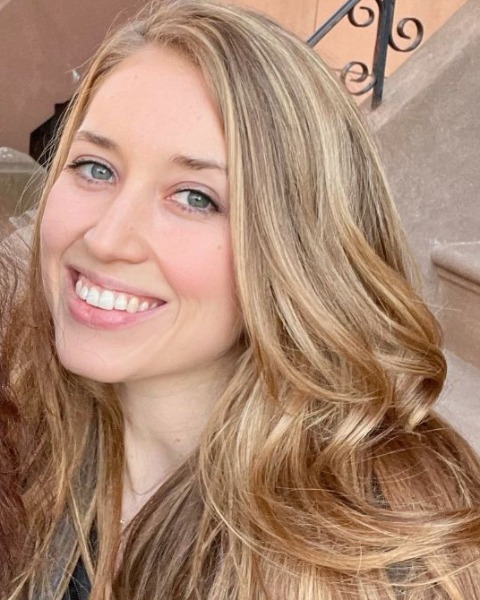Mental Health
Session: Mental Health 2
569 - Analyzing Continued Positive Ask Suicide-Screening Questions (ASQ) Results Across Repeat Visits in a Pediatric Emergency Department
Sunday, May 5, 2024
3:30 PM - 6:00 PM ET
Poster Number: 569
Publication Number: 569.2066
Publication Number: 569.2066

Alexis S. Ballew, Bachelors of Science (she/her/hers)
Medical Student
Medical College of Wisconsin
Wauwatosa, Wisconsin, United States
Presenting Author(s)
Background: Suicide continues to remain a leading cause of death among US adolescents. The Ask Suicide-Screening Questions (ASQ) is a 4-5 yes/no question validated tool used to screen for suicide risk. Understanding factors associated with each ASQ question may aid in better care for youth in this vulnerable population.
Objective: Compare the association of each ASQ question at an index pediatric emergency department (PED) visit with 1) patient characteristics and acute interventions provided and 2) continued positive ASQ at next PED visit.
Design/Methods: Retrospective chart review of patients 11-18 years old from a PED who had a positive ASQ on their index visit between 10/23/2018 to 6/6/2021 and at least another visit through 12/31/2021. A positive ASQ is a ‘yes’ to any of the questions: 1) Have you wished you were dead, 2) Have you felt that you or your family would better off if you were dead, 3) Have you had thoughts about killing yourself, 4) Have you ever tried to kill yourself, 5) Are you currently having thoughts about killing yourself. Data was analyzed using χ2 tests and t-tests with a level of significance at < 0.05.
Results: 591 patients were included (Table 1). White patients were more likely to answer ‘yes’ on Q1 (p=0.002) and Q3 (p=0.005) compared to other races and non-Hispanic patients were more likely to answer ‘yes’ to Q2, p=0.027 (Table 1). Females were more likely to answer ‘yes’ to Q2 compared to males, p=0.005. Patients who presented with a non-mental health chief complaint were more likely to answer ‘yes’ to all questions except Q4 compared to those presenting for a mental health complaint (Table 1).
A social work/psychology consult was more likely provided with a ‘yes’ response to Q5, p< 0.001, but less likely with a ‘yes’ to Q1 (p=0.010), Q2 (p < 0.001) and Q3 (p < 0.001), (Table 2). Mental health resources were less likely provided with a ‘yes’ to Q2 (p=0.012), Q3 p< 0.001) and Q5 (p=0.001), Table 2.
When adjusting for a ‘yes’ to Q4, patients answering ‘yes’ to Q2 had 1.91 (95% CI 1.22, 2.98) times the odds of a continued positive response at next visit compared to those answering ‘no’. Similarly, patients answering ‘yes’ to Q3 had 3.26 (2.07, 5.13) times the odds of a continued positive response at next visit compared to those answering ‘no’ (Table 3).
Conclusion(s): This study provides insight into ASQ responses and may help providers place emphasis on specific responses instead of viewing the entire survey as the same “positive” regardless of differing responses which can help provide more effective and individualized care for youth at risk for suicide.
.png)
.png)
.png)
